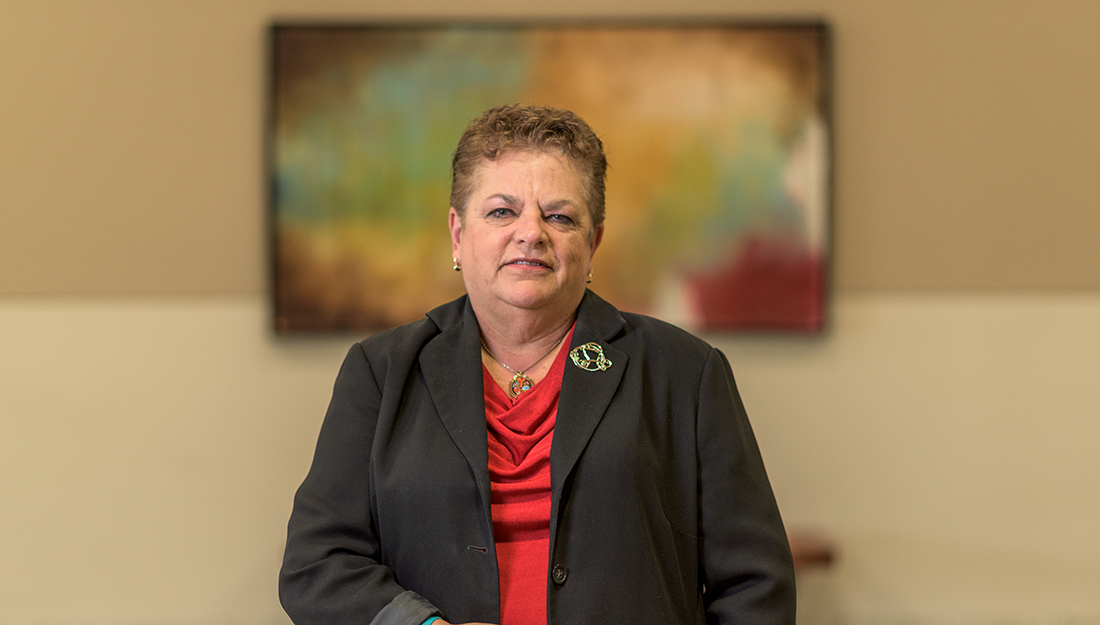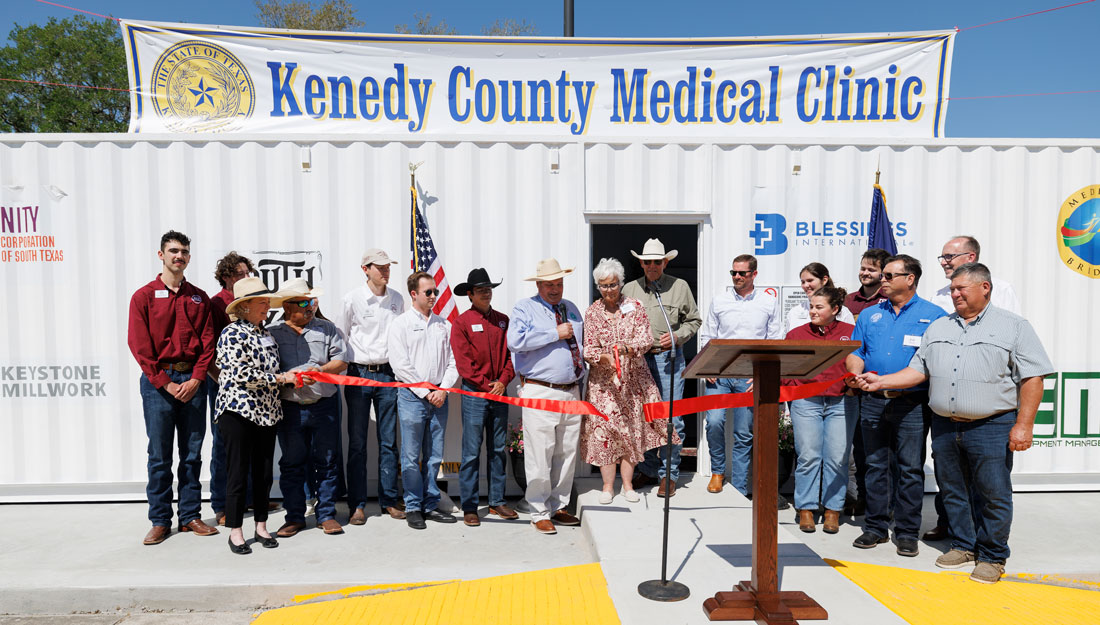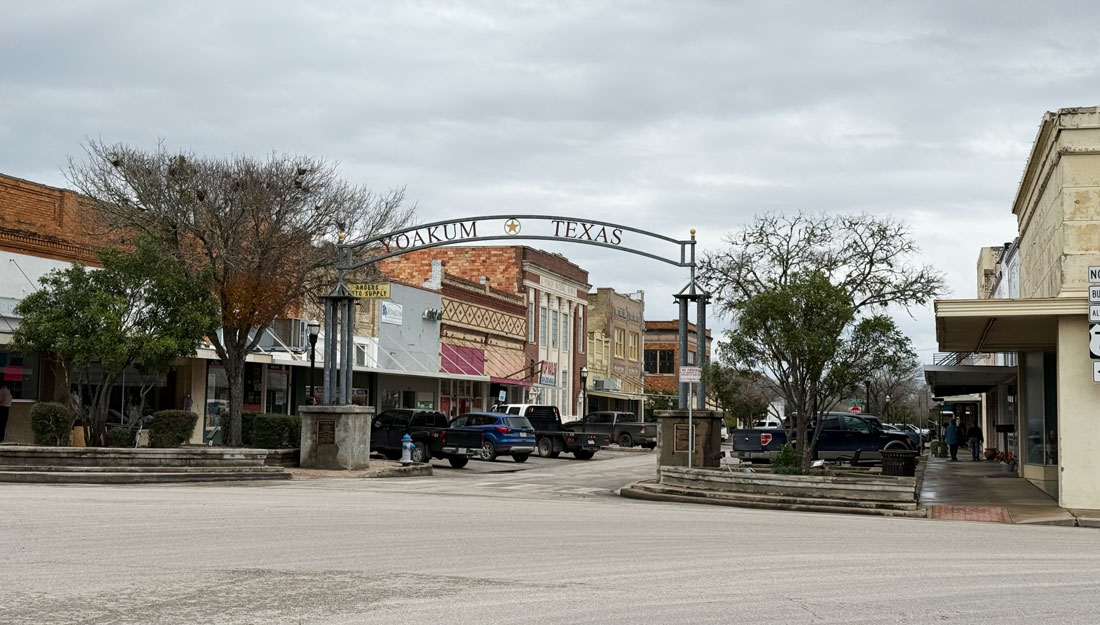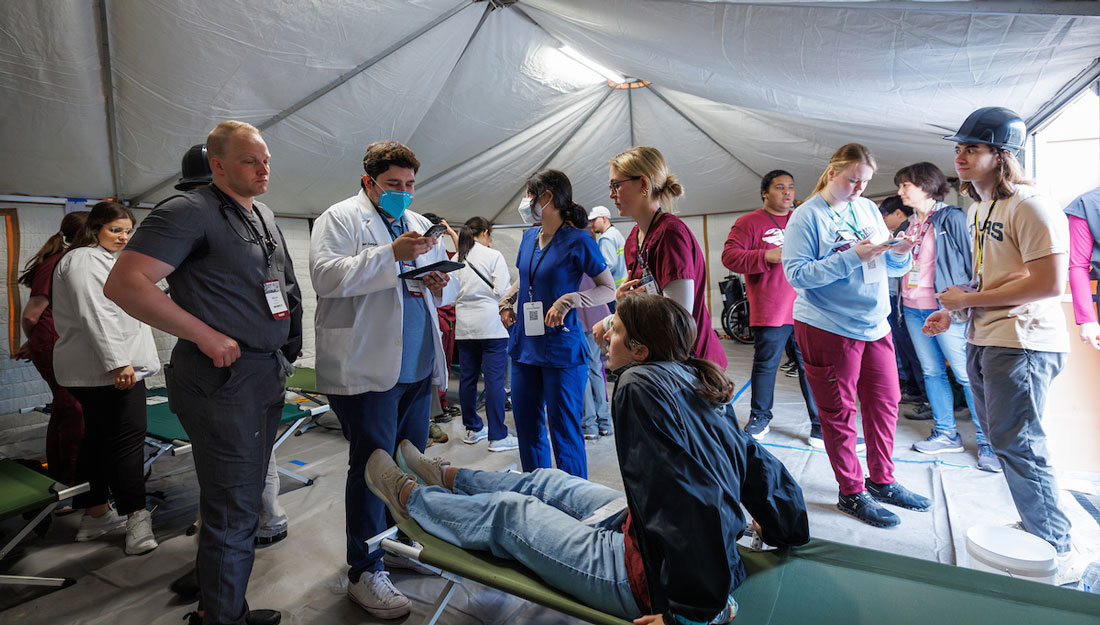- Christina Sumners
- Medicine, Pharmacy, Show on VR homepage
Texas A&M welcomes national center to improve rural health care
U.S. Health Resources and Services Administration selects Texas A&M to lead center addressing American rural health care access

Nancy Dickey
When rural hospitals close, it’s a loss that reverberates throughout the community and sometimes the region. People who experience a major injury or illness might suffer complications from the delay in treatment as they rush to the nearest health care facility miles away. Pregnant women have to travel long distances not only to deliver their babies, but also for their basic prenatal care. Patients with chronic conditions have difficulty maintaining their health. Anyone without reliable transportation might forgo medical care altogether. Economically, the town suffers as medical, nursing and support positions disappear.
All of these are factors in why simply living in a rural area can be considered a health risk. It’s also why the Texas A&M University Health Science Center has made rural population health one of its top three priorities.
Now, Texas A&M has been chosen as the sole recipient of a five-year grant from the Vulnerable Rural Hospitals Assistance Program, funded by the Health Resources and Services Administration (HRSA), an agency of the U.S. Department of Health and Human Services. The grant will fund the creation of the Center for Optimizing Rural Health, a technical advisory center for the nation, to actively help rural communities maintain their hospital or create other means of access to care after hospitals close.
The center will be based out of the A&M Rural and Community Health Institute, a health extension center offering programs that promote safe, effective health care practices. Since it was created 15 years ago, the A&M Rural and Community Health Institute has been identifying the challenges facing small hospitals and creating solutions for how health care can remain in the affected community.
“This new center is a flagship component of our commitment to rural population health,” said Carrie L. Byington, MD, vice chancellor for health services at The Texas A&M University System, senior vice president of the Texas A&M University Health Science Center and dean of the Texas A&M College of Medicine. “It will bring Texas A&M’s rural health care expertise and [that of academic centers] around the nation together to benefit these communities.”
Last year, the A&M Rural and Community Health Institute released a study outlining practical options for rural communities facing hospital closures. This new center will allow them to put that research—and other work done at Texas A&M and across the country—into practice.
“Texas A&M is a land-grant institution, meaning it was built on the idea that research needs to go back to the citizens,” said Nancy Dickey, MD, A&M Rural and Community Health Institute executive director, president emeritus of the Texas A&M Health Science Center and principal investigator on the grant funding.
An interprofessional and creative approach to improvement
In addition to Dickey, the new center’s leadership team includes Jane Bolin, RN, JD, PhD, director of the Texas A&M Southwest Rural Health Research Center and newly named associate dean of research at the Texas A&M College of Nursing, and Bree Watzak, PharmD, BCPS, clinical associate professor of pharmacy practice at the Texas A&M College of Pharmacy. They will also be hiring program managers and involving students in a variety of health disciplines in the evaluation and recommendation process.
The different health disciplines represented by the center’s leadership team and students is an example of a growing trend. “Health care has always been interdisciplinary, but in the last decade or so, we have really started to recognize the importance of interprofessional work,” Dickey said. “This is demonstrated most powerfully in rural communities, where the hospital pharmacist may be the community pharmacist, and the school nurse is an active member of the community’s health care team and may even serve at times as the head of the emergency room.”
In the first five years of the center, the team will select five communities per year—and their hospitals, if there is one—for on-site assistance. Annually an additional 25 rural hospitals or health care organizations around the country will receive intense virtual assistance. These 30 organizations will all apply for this assistance and will be selected by center personnel as well as members of the HRSA. Meanwhile, the center will also build an online knowledge base of what they are learning and best practices that will be available, free of charge, to any hospital or community.
“I’ve always been a country girl, and I’ve had to get care in a rural hospital,” Watzak said. “Rural communities are resilient, and I know what it meant to me to have care in that setting. It’s exciting to offer some solutions to those who aren’t as fortunate as I was.”
One solution might be telemedicine, in which people in rural communities can connect with geographically distant providers. Another might include different reimbursement models to adequately compensate the providers who are in rural areas but who often have to operate on a much smaller margin.
“Our job is to gather the information and figure out how to create functional options and tools for health care professionals to do better with their jobs,” Dickey said. “The center will need to continuously innovate, because the issues now may not be the same ones that we will see in five years.”
A center with a powerful nation-wide voice
The center leaders see more similarities than differences in rural health care across the United States—despite every state having its own regulations and each region having its own unique issues.
“Transportation and internet access are major issues in health care access. In Texas, the problem might have to do with distance, while in northern states it may be due to snow, but some of the same solutions could apply to both,” Dickey said. “We can help create policy at the national level when we start to see trends. In this way, the center will give us a much more powerful voice for some of the needs of rural health care and create better opportunities to solve them.”
Media contact: media@tamu.edu


